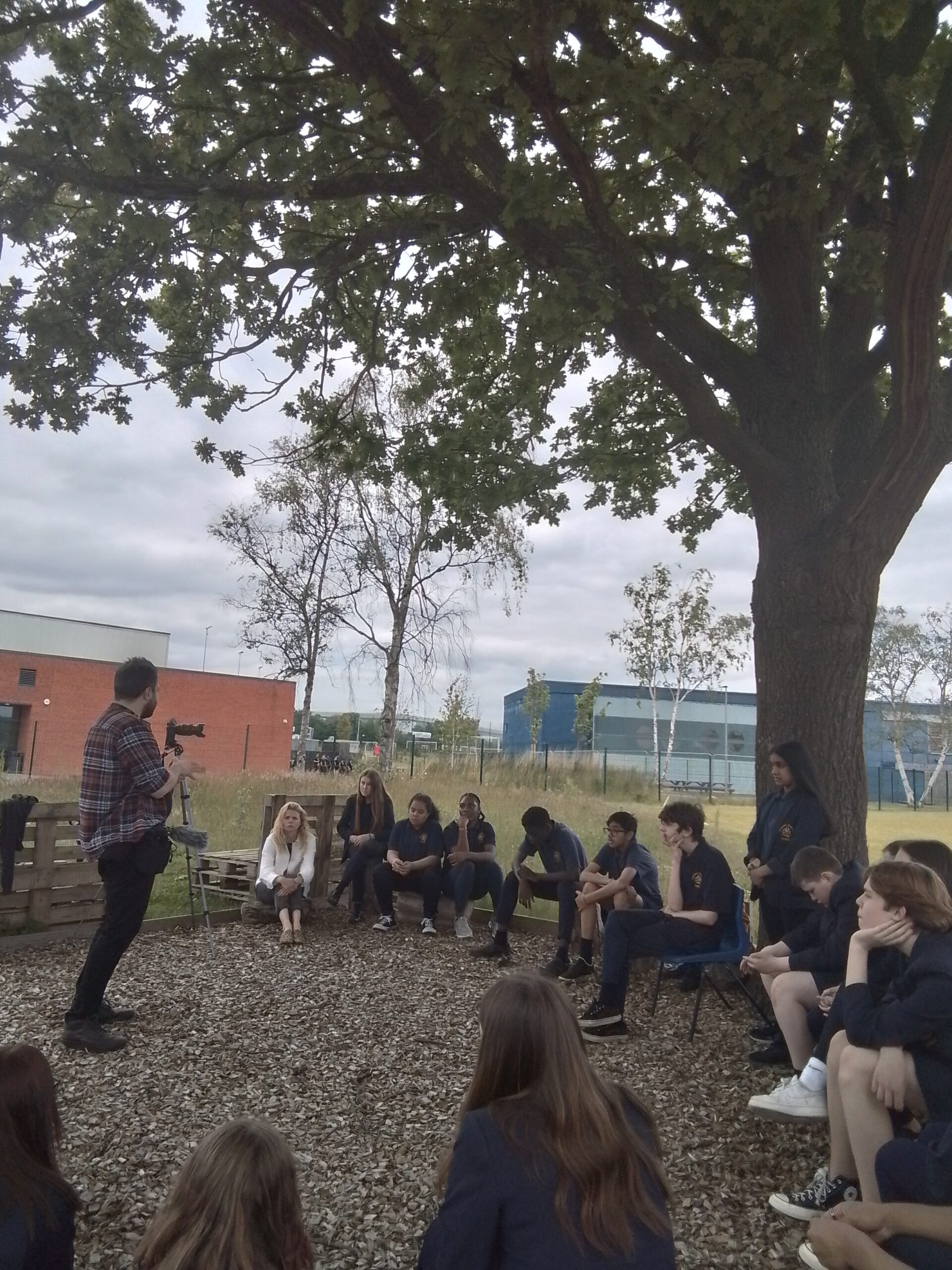‘Site Responsive’ Pedagogy


Our research has evolved a way of working that we are calling ‘site-responsive pedagogy’ (Tuner-King, Smith, Hale-Smith, Newbold, Brown, forthcoming). Just as the name suggests, this involves working with the site – the place/location in which creative practice is happening and responding to it directly through the creative process. We prioritise becoming attuned to the dynamics of the humans and more-than-humans that constitute that site.
This often means our modes of working can feel quite messy, but this is a deliberate attempt to keep the space feeling flexible, open, live and welcoming of multiple perspectives. We are actively curious about how the participants are experiencing climate and environmental issues, and we use their ideas as a starting point for creative work.

Site-responsive pedagogy also means paying close attention not just to the human stories in the site but also to multiple species and other ‘stuff’ around us that populate and complicate our ecologies. This could be flora and fauna, tangible objects, invisible but omnipresent digital networks, the physical environment in which we work, and the intangible, ephemeral atmospheres of place. In other words, we invite you to embrace the complexity and messiness of the local site around you.
The climate crisis is overwhelming and confusing. We don’t think the arts should be used to simplify any of it, rather, we want to create spaces where young people can become critically curious, feel protected and brave enough to take creative risks and inspired to make sense of its complexities. We are interested, therefore, in fostering a sense of ‘playfulness’, ‘humour’ and ‘care’ in our sites and amongst our participants – this means being fully present in the room and responding to the energies and ideas that are bubbling and fizzing.
